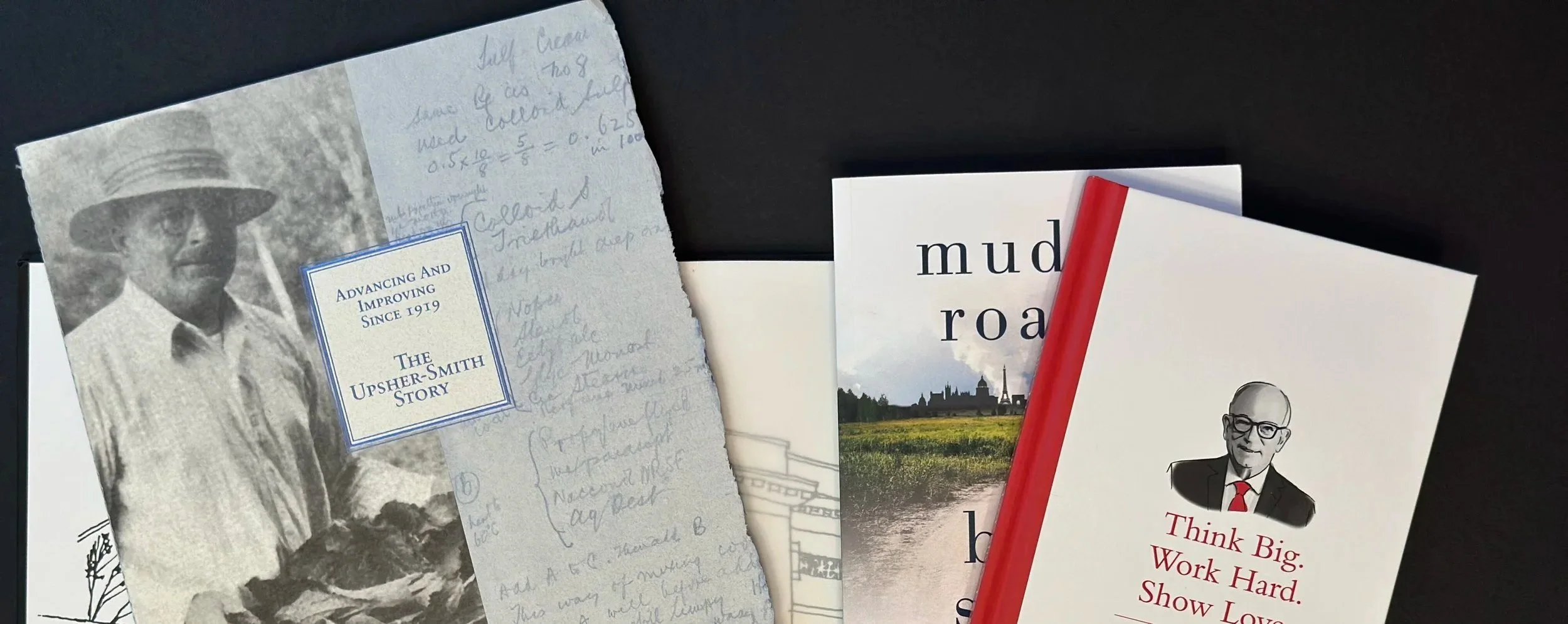
Award-winning storytellers.
Sophisticated designers.
Editorial managers.
Relentless researchers.
Skilled technologists.
Inventive marketers
Who We Are:
Your Corporate History Experts
Insightful, strategic, and passionate about what we do, CorporateHistory.net is the premier company history book publisher for businesses, corporations, individuals, nonprofit associations, universities, family organizations, and more. Woman-owned since 2004, we were one of the first boutique publishers of corporate histories, pioneering the art and science of business storytelling by blending compelling narrative with fully customized design to create beautiful, coffee-table-style books.
From concept to publication, our team of specialists oversee all aspects of book production, providing white-glove service and expert guidance through the complexities of publishing. Well-crafted and well-written, our books highlight the unique character and culture of our clients’ organizations in both words and images.
Are you ready to tell your story?
-
Jockey International
Rogers Corporation
Sandvik
Farmers Insurance
Western Governors University
Entergy
Dominion Energy
Hallmark
The Clorox Company
Advance Auto Parts
Better Homes & Gardens
Capital Health Plan
Florida Institute of Certified Public Accountants
The Governor’s Club
Finemark National Bank and Trust
PowerSouth Energy Cooperative
1-800-Flowers.com
Annin Flagmakers
BAYADA Home Health Care
Aegis
Dempsey Uniform & Linen Supply
Superior Linen Service
Towers Watson (now Willis TW)
Oakshire/DOLE Mushrooms
Upsher-Smith
Tallahassee Memorial Hospital
The Pep Boys
City of Tallahassee
St. Mark’s Lighthouse
Tallahassee Chamber of Commerce
Florida Museum of History
Central Alabama Electric Cooperative
The American Club (Shipowners Claims Bureau)
American Water Works Co., Inc.
Bel Fuse
Florida Maritime Museum
Tarpon Springs Heritage Museum
Florida Trust for Historic Preservation
Clinton County, New York ARC
A.W. Hastings
Plattsburgh Airbase Redevelopment Corp.
Salem Five Cents Savings Bank
Jackson Walker Law Firm
NACHA The Electronic Payments Association
State Compensation Insurance Fund of California
Fred L. Emerson Foundation
Melwood Horticultural Training Center
Northwest Community Hospital
Your Corporate History Team
Depending on your project’s scope and format, your corporate history team may include:
-
Award-winning storytellers craft the narrative that brings a company’s history to life. More than business history copywriters, they weave facts, significant events, anecdotes, and interviews into a compelling story that resonates with both internal and external audiences. Their storytelling creates an engaging narrative to highlight an organization’s values, founder’s legacy, culture, and vision for the future. Effective storytelling fosters emotional connections, inspires pride, and strengthens brand identity.
-
Sophisticated designers transform historical content into visually engaging formats. They possess the unique skillset needed for book design and understand how layouts, imagery, and visual themes fit together to reflect the company’s brand and culture. Their work ensures that the final product—whether a book, online timeline, or exhibit—is not only informative but also aesthetically appealing. Good design helps communicate the story effectively and enhances the emotional impact of the company’s history.
-
Editorial managers coordinate every phase of a business history project to deliver a final product that is accurate, engaging, and delivered on time and within budget. This role requires editorial expertise and strong project management and communication skills. The editorial manager matches corporate history specialists with the project, oversees contracts and schedules, and is the liaison between the client and the company history team.
-
Relentless researchers dig deep to uncover the facts, stories, and nuances that make a corporate history authentic and compelling. They meticulously comb through archives, conduct interviews with stakeholders (including employees, retirees, and customers), and verify details to ensure historical accuracy. Their thoroughness helps avoid gaps or inconsistencies, providing a solid factual foundation for the narrative.
-
Skilled technologists manage electronic archives, develop interactive timelines, and ensure that multimedia elements (such as videos and oral histories) are seamlessly integrated into digital formats such as websites, exhibits, and company portals. Their expertise bridges the gap between content and technology, making historical materials accessible across platforms and ensuring long-term preservation in the digital age. They also implement innovative solutions for sharing and engaging with the company’s story.
-
Inventive marketers promote the corporate history to achieve a company’s strategic goals. They develop campaigns and materials to share the organization’s story with key audiences—employees, customers, stakeholders, and the public. By positioning the corporate history as a tool for engagement, brand reinforcement, and differentiation, marketers use a company’s legacy as a tool to support business objectives and future growth. Their creativity helps maximize the reach and impact of the history project.
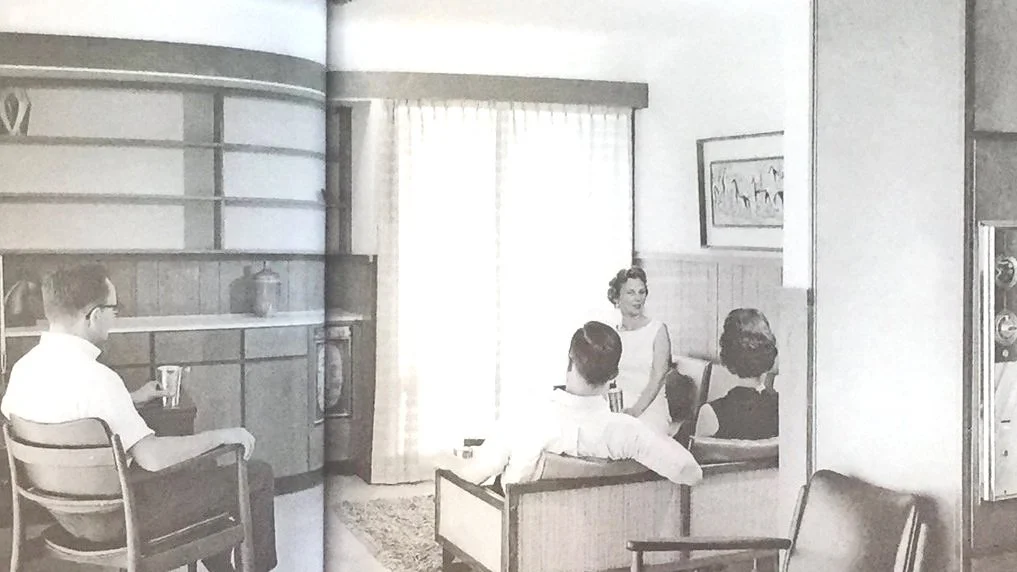
Company History Clients by Industry
Apparel & Retail | Manufacturing & Industrial | Insurance & Financial Services | Energy & Utilities | Education | Healthcare & Life Sciences | Nonprofits | Foundations | Publishing & Media | Government & Public Sector | Shipping | Maritime & Transportation | Technology | Electronics | Unions | Food & Agriculture | Hospitality | Private Clubs | Trade Associations & Membership Organizations
What is the work flow for a corporate history project?
-
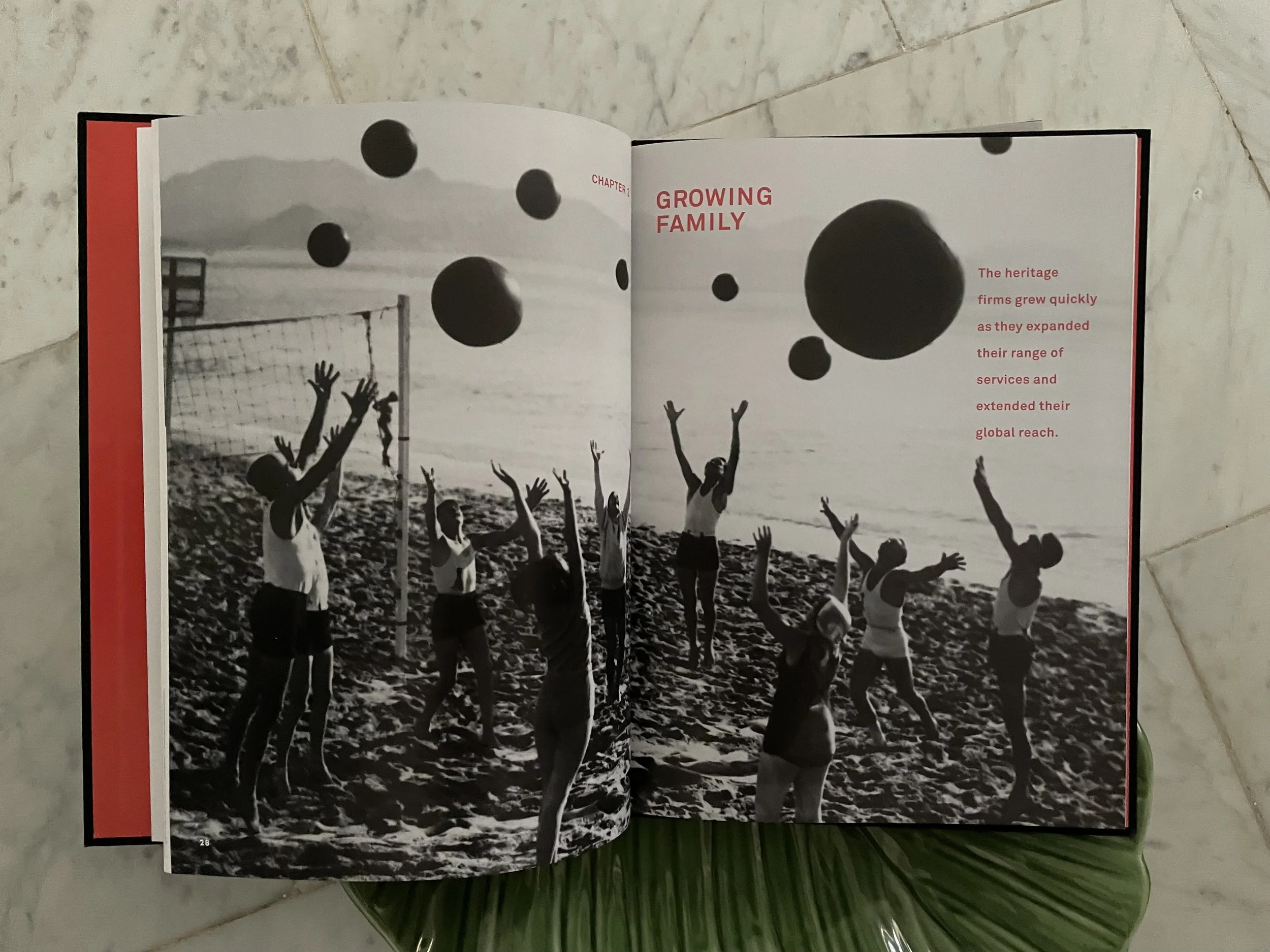
Consultation
This conversation between CorporateHistory.net and a potential client discusses the purpose for the history, time frame, style, and format of the desired book or project, number of interviews estimated, and budget.
-

Samples
CorporateHistory.net provides the potential client with samples of projects as well as references. The client should also share layouts and projects that they are drawn to or particularly like.
-

Contract
All details are outlined and finalized in the contract.
-

Research
Preliminary research begins. This can include onsite visits to archives, which, in many cases, is simply a closet or basement at headquarters full of boxes of old newsletters, photos, and other memorabilia. The writer makes lists of archival materials suitable for the project.
-

Interview List
Simultaneously with the research phase, the writer works with the client to develop a list of potential interviewees. Current employees, retirees, past and current CEOs, board members, and customers all help to tell a company’s story from different perspectives.
-
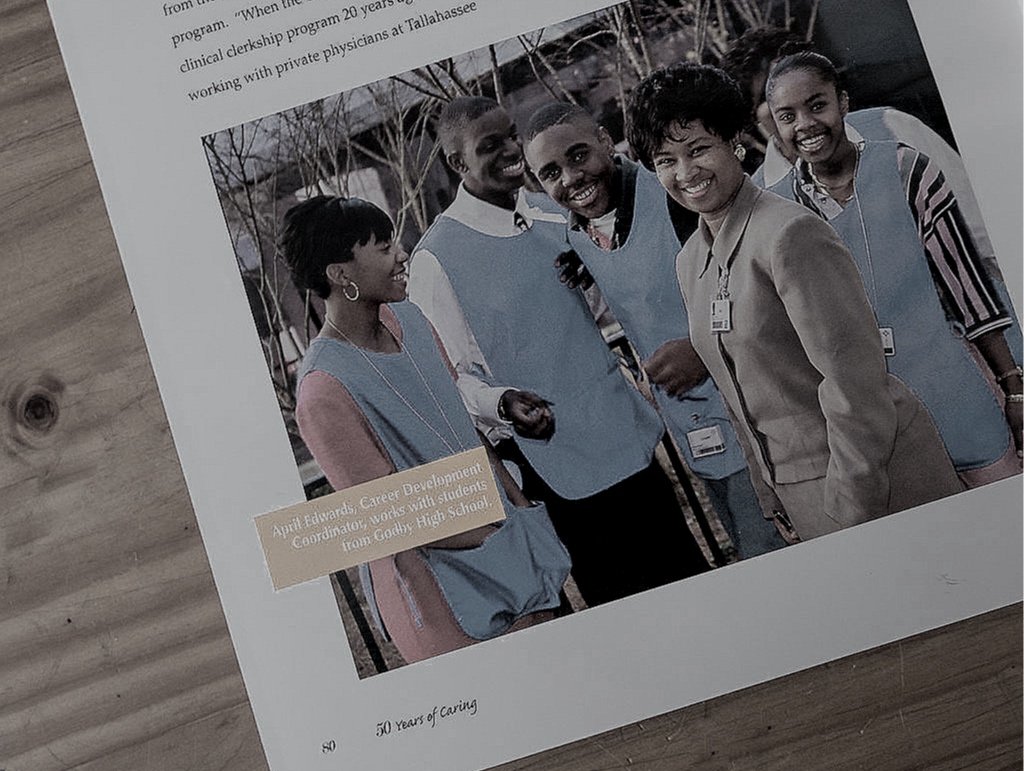
Outline
The outline forms as the writer works through research materials and after conducting several key interviews. The client is also helpful at this stage, directing the writer to seminal events and people relevant to the company’s story.
-

Materials Selection
Whether exhibit or book project, the designer will provide samples for you to consider based on your budget and desired look. Simultaneous with design and writing, a producer will be chosen and materials will be confirmed.
-

Marketing
Marketing for the book occurs throughout the writing, design, and production processes and can involve CorporateHistory.net as much as the client desires.
-

Chapter One Draft
Once the outline is approved, and while research and interviews continue, the writer produces a first draft for client approval. The draft provides the tone, voice, and format of the project. Chapter one must be approved before the writer continues with the remainder of the project.
-

Chapter One Design Draft
The graphic designer produces a draft of chapter one that includes relevant media. Clients review the design and make suggestions, which are incorporated before moving on to the rest of the project.
-
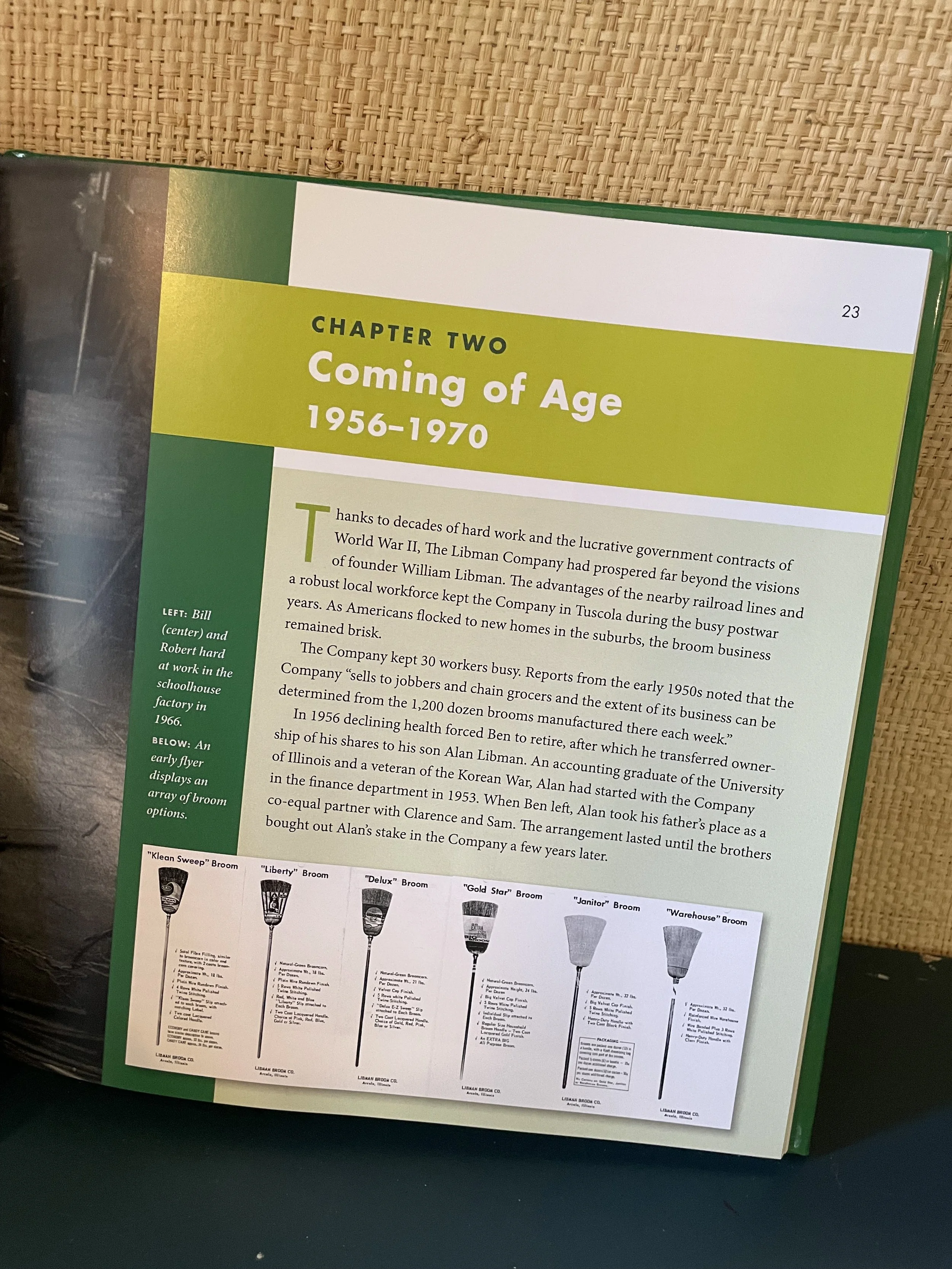
Complete Draft
Research and interviews still continue at this stage as needed to produce the most compelling project possible. The draft can be written and then reviewed in parts or as a whole by the client.
-

Complete Design Draft
The project is designed simultaneously while it is being written.
-

Revision
There are usually two revisions provided, with the writer incorporating new information from research and/or provided by the client. It is recommended to keep the internal revision committee to three-to-four key people. All changes are consolidated and presented to the writer.
-

Production
When the final draft is complete, the project is put into production. The time frame varies based on availability of supplies and specifications of the project.
-

Celebration
The book launch or exhibit is scheduled and if desired, attended by the writer and/or designer to sign copies. CorporateHistory.net will offer suggestions throughout the project for celebratory ideas.
Why do you need a corporate history?
A business history project is both a foundation and a compass for navigating times of change and growth. It shapes a company's identity, culture, and future direction. By documenting and sharing your brand history and company stories, organizations create a corporate legacy that inspires employees, builds trust with stakeholders, and sets the organization apart in a competitive marketplace.
What can a company history do for you?
Preserve institutional memory, helping employees—both new and long-standing—understand the company’s origins, key decisions, and evolution.
Strengthen company culture by connecting people to shared values, traditions, and a sense of belonging.
Inspire and motivate employees by highlighting stories of overcoming adversity, innovation, and resilience in the face of challenges.
Enhance business storytelling, making the company more memorable and relatable to customers, investors, and the public.
Support business strategy by providing lessons from past successes and failures, informing future decision-making and growth.
Boost morale and creativity, as understanding past choices can spark new ideas or revive valuable concepts previously set aside.
Facilitate smoother transitions during leadership changes or mergers by providing continuity and context.
Increase credibility and trust among stakeholders by demonstrating transparency and a long-term commitment to core values.
Serve as a powerful marketing tool, differentiating the company and building lasting legacy in the eyes of employees, partners, and customers.
Connect the past to the present and future, fostering a stronger, more resilient, and purpose-driven organization.
Create lasting impact through storytelling.
A good story preserves the legacy of the past,
honors the present,
inspires the future—and so much more.
When you work with us, your company’s history will go beyond facts and figures with custom storytelling that motivates, inspires, persuades, leads, and engages your audience.
Our stories:
Embody your MISSION by exploring the values that set your organization apart from your competitors.
Capitalize on the POWER OF NARRATIVE to share lessons learned, crises averted, and successes fully realized.
ENGAGE READERS with ideas and images that shaped your company’s history.
Reflect the AUTHENTICITY and TRUTH of your brand.
Capture the VOICES and EXPERIENCES of people across generations who built your brand into what it is today.
CONVEY POWERFUL MESSAGES from corporate memory about unexpected insights, purpose, and leadership.
INVITE PEOPLE to share in building and protecting your company culture and unique brand identity.

